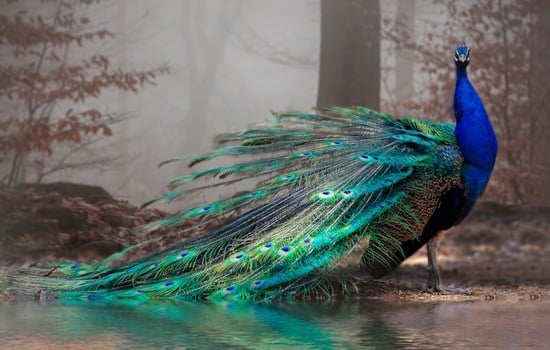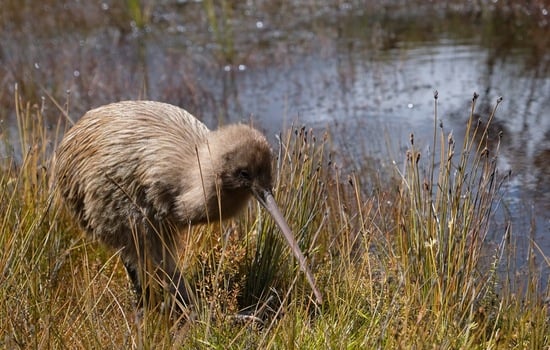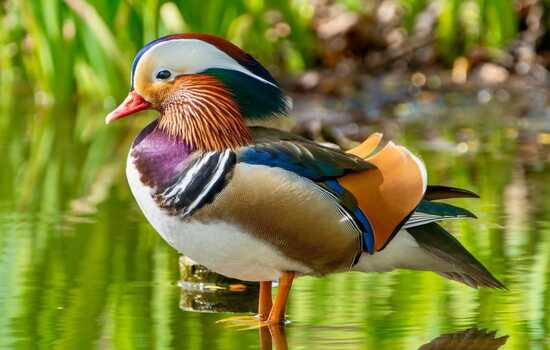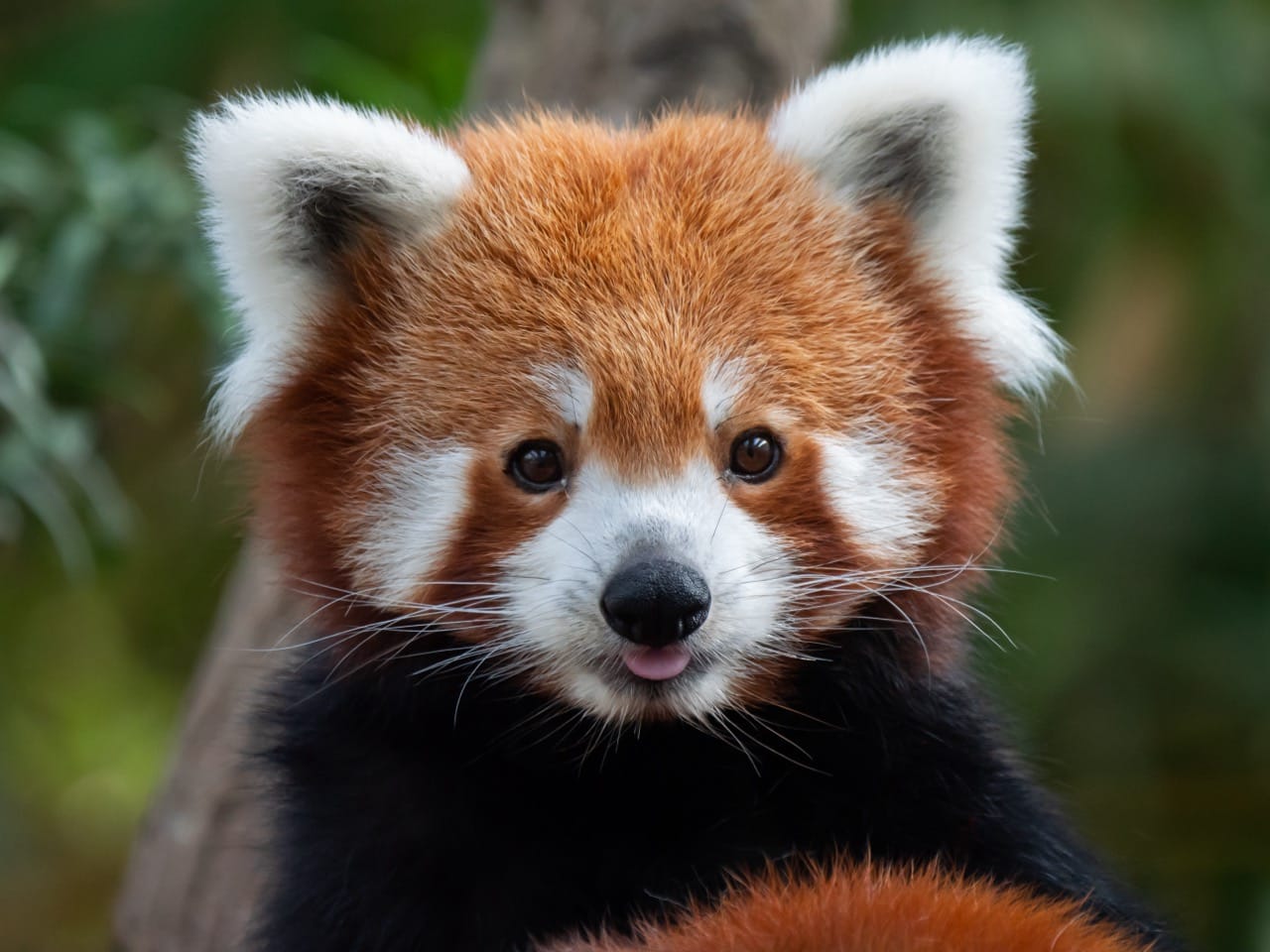
In the tapestry of the natural world, where every creature adds a stroke of color and wonder, the red panda emerges as a masterpiece of evolution’s artistry. This adorable yet mysterious animal invites us into a narrative woven from the dense forests of Asia, revealing a life of quiet elegance and captivating charm. Before we embark on this journey through their world, here's an intriguing piece of trivia: red pandas are the only living members of their family, Ailuridae, making them truly unique in the animal kingdom.
Origins and Mystique
Nestled in the shadows of the Himalayas and the bamboo forests of China, the red panda, or Ailurus fulgens, treads a path distinct from any other. Contrary to what their name might suggest, red pandas are not close relatives of the giant panda. Instead, they are the sole representatives of their family, Ailuridae, a testament to their evolutionary distinctiveness. Their lineage is a tapestry of adaptation and survival, stretching back to the Miocene epoch, painting a picture of a creature that has quietly defied the sands of time.
A Portrait in Red and Black
The red panda's physical appearance is a symphony of color and texture, designed not just for beauty but for survival. With fur as fiery as the autumn leaves, complemented by their distinctive black belly and limbs, they are a vision of elegance in the forests they call home. Their most striking feature, perhaps, is their tail. Ringed in bands of red and white, it serves as both a cozy blanket and a balance aid when navigating the treetops. Measuring about 22 to 25 inches in length, with a tail almost as long, they embody the perfect balance between grace and agility.
Home Among the Clouds
The red panda's habitat is as mystical as the creature itself. They reside in the temperate forests of the Eastern Himalayas, where the elevation ranges from 2,200 to 4,800 meters. This elevation provides a cool climate and dense bamboo forests, which are crucial for their survival. The red panda’s existence is intricately linked to these bamboo havens, relying on the understory of these forests for food, shelter, and the playgrounds of their young.
A Life Measured in Bamboo and Leisure
The red panda leads a life of serene routine, punctuated by the search for food and moments of playful leisure. Bamboo constitutes the bulk of their diet, though this gentle herbivore also indulges in fruits, acorns, and the occasional bird or insect. With a digestive system more suited to a carnivore, the red panda spends a significant portion of its day feeding to meet its nutritional needs. Nightfall brings about a shift in their demeanor, as they become more active, navigating the treetops with a grace that belies their solitary nature.
Solitude and Social Tapestries
Despite their solitary reputation, red pandas weave complex social tapestries. They communicate through a variety of sounds, from whistles to tweets, and even subtle body language, like the twitching of tails. Their territories are marked by scent, a blend of musk and a unique odor produced by glands under their tail. During the breeding season, these solitary creatures come together, their interactions a rare glimpse into the intimate side of their existence.
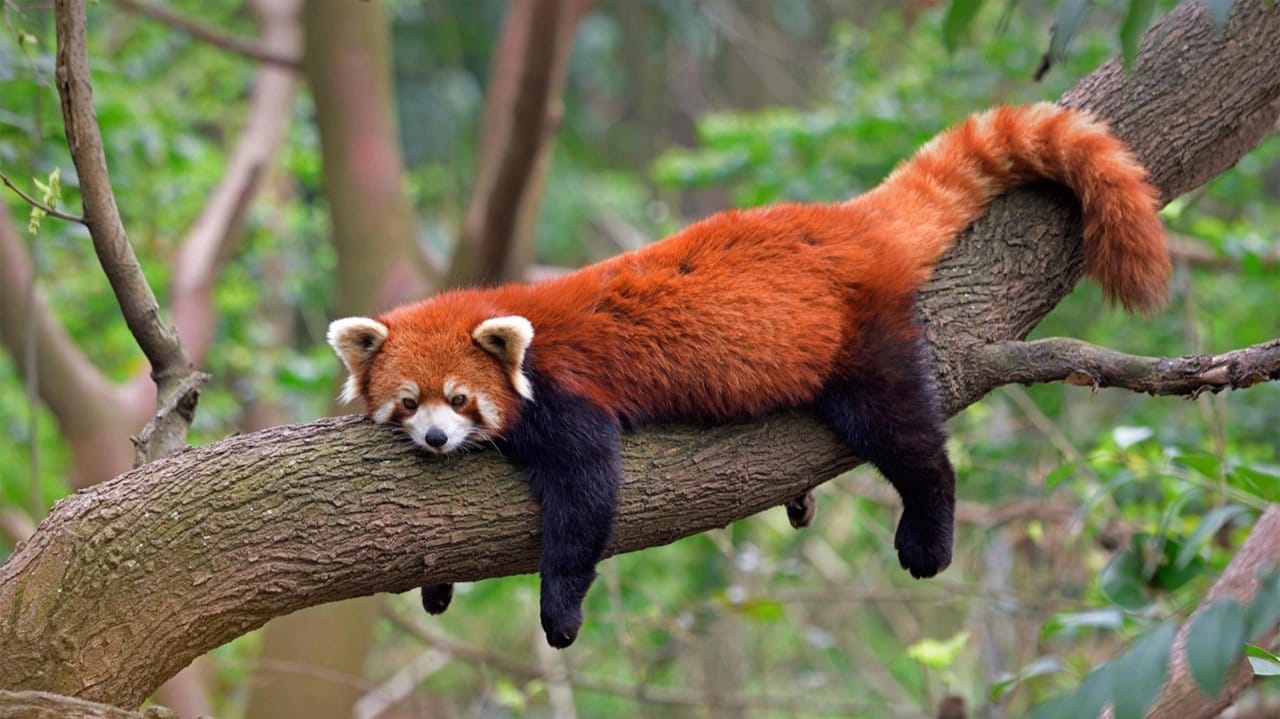
Shadows and Threats
Predation is a shadow that looms over the serene life of the red panda. Leopards, snow leopards, and martens are their primary natural predators, lurking in the same forests they call home. The young are especially vulnerable, often falling prey to these skilled hunters. Yet, it is not these natural adversaries that pose the greatest threat to the red panda but the relentless march of human progress. Habitat destruction, poaching, and the illegal pet trade are the specters haunting their survival.
The Path Forward: Conservation
Listed as "Endangered" by the IUCN, the red panda’s future hangs in a delicate balance. Conservation efforts are in place, focusing on habitat preservation, anti-poaching measures, and breeding programs in captivity. These endeavors aim not only to protect the existing population but to ensure the restoration of their natural environments. The red panda’s survival is a testament to the resilience of nature and the importance of human stewardship in preserving the earth’s wonders.
Beyond the Bamboo: Cultural Icon
Beyond their forest homes, red pandas hold a special place in the heart of human culture. They are symbols of gentleness and the guardians of the forest in various Asian cultures, revered for their beauty and the mystery that surrounds them. In recent years, their appeal has spread globally, becoming ambassadors for conservation efforts and a reminder of the delicate balance between humans and nature.
Conclusion: A Whisper in the Forest
The red panda remains one of nature's most enchanting riddles, a creature wrapped in the allure of its solitude and beauty. Their existence is a gentle reminder
of the interconnectedness of all living beings and the importance of each creature in the tapestry of life. As we delve into the secrets of their silent world, let us also commit to being the guardians of their future, ensuring that the red panda continues to thrive in the dense forests of Asia.
In the end, the story of the red panda is not just about the survival of a species but about the preservation of a world where such creatures can exist. It's a narrative that challenges us to reflect on our role in the natural world and to act in ways that ensure the earth remains a place of wonder and diversity for generations to come.




.jpeg)


